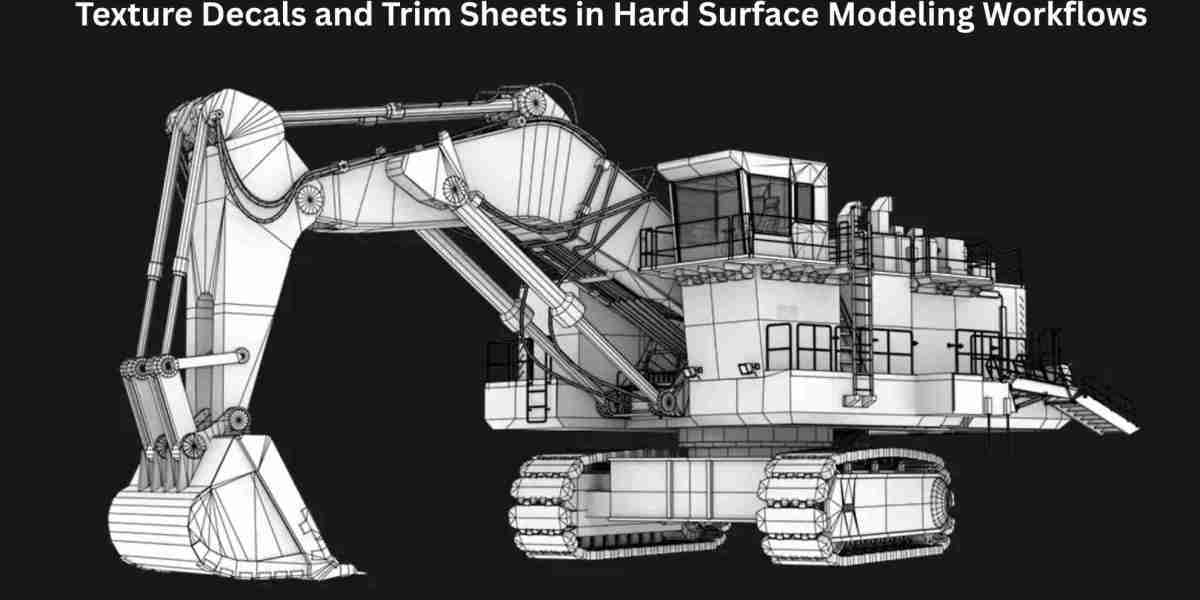In today’s fast-paced world, security is more important than ever. With technological advancements, businesses and homeowners are increasingly relying on remote video monitoring systems to safeguard their properties. This innovative system allows users to monitor their premises from anywhere, anytime, using the internet. Remote video monitoring offers numerous benefits, from providing real-time surveillance to enhancing overall security. In this article, we will explore what remote video monitoring is, how it works, and why it’s becoming an essential part of modern security solutions.
What Is Remote Video Monitoring?
Remote video monitoring refers to the ability to access live video feeds from security cameras placed on your property via the internet. These feeds can be viewed on smartphones, tablets, or computers from any location. This system allows property owners to monitor their premises in real-time without the need for physical presence. It uses security cameras, video recorders, and other devices that are connected to the internet, enabling remote access to video footage.
How Does Remote Video Monitoring Work?
Remote video monitoring works by capturing live video footage through CCTV cameras or other surveillance devices. These cameras are connected to a network, usually over Wi-Fi or wired internet connections, and transmit the video to a cloud-based server or a dedicated storage device. Here’s a breakdown of how the system works:
CCTV Camera Installation:
The process begins with the installation of CCTV cameras at various strategic locations on the property. These cameras can be placed both indoors and outdoors, depending on the level of security required. The cameras capture video footage continuously or at scheduled intervals.
Transmission of Video Feeds:
Once the CCTV cameras are installed, the video footage is transmitted to a central system, which can either be cloud-based or stored on a physical server. This data is typically encrypted for privacy and security reasons.
Real-Time Viewing:
Once the footage is uploaded to the cloud or server, it can be accessed remotely. Users can view the live feed from any internet-enabled device, including smartphones, tablets, or computers. This allows them to monitor the premises in real-time, even when they’re miles away.
Alerts and Notifications:
Many remote video monitoring systems are equipped with motion detectors and alert systems. When motion is detected, the system sends an instant notification to the user, ensuring they are always informed of any activity on their property. These alerts can be configured to notify via email, text, or push notifications.
Recording and Playback:
Aside from live monitoring, remote video systems often include recording capabilities. This allows users to review footage from past events, which is especially helpful in case of incidents. The recorded video can be stored securely and accessed at any time.
Benefits of Remote Video Monitoring
Remote video monitoring offers several key advantages for both businesses and homeowners:
Enhanced Security:
With the ability to monitor properties remotely, security is enhanced significantly. You can keep an eye on your premises in real-time, which reduces the risk of theft, vandalism, or unauthorized access.
Convenience and Flexibility:
Remote monitoring systems offer unparalleled convenience. Whether you’re traveling for work or on vacation, you can access your security footage from any location with an internet connection. This flexibility gives property owners peace of mind, knowing their premises are always under surveillance.
Cost-Effective:
Remote video monitoring can be a cost-effective solution compared to hiring security personnel to monitor a property 24/7. It reduces the need for physical security guards and allows for more efficient surveillance.
Quick Response Time:
With real-time alerts and notifications, users can respond quickly to any potential threats. Whether it’s alerting authorities or taking action themselves, the system allows for swift intervention.
Deterrent to Crime:
The mere presence of CCTV cameras can act as a deterrent to potential criminals. When individuals know that they are being watched, they are less likely to engage in criminal activity.
The Role of CCTV Camera Installation in Remote Video Monitoring
The success of remote video monitoring depends largely on the quality of the CCTV camera installation. Proper placement and configuration are crucial for ensuring optimal coverage and functionality. When installing CCTV cameras, it’s essential to consider factors such as camera resolution, field of view, and whether the camera can function in low-light conditions.
In addition, the installation of CCTV cameras should be performed by professionals to ensure that they are securely mounted and properly connected to the network. Poorly installed cameras can result in weak video signals or limited coverage, which can compromise the effectiveness of the monitoring system.
Choosing the Right Remote Video Monitoring System
When selecting a remote video monitoring system, it’s important to consider a few factors to ensure it meets your security needs. Here are some tips:
Camera Quality:
Opt for high-definition cameras for clear, crisp video footage. Many modern cameras offer 1080p resolution or higher, which helps in identifying faces and objects with greater accuracy.
Motion Detection:
Look for systems that offer motion detection capabilities. This ensures that you receive instant notifications when there is activity on your property.
Cloud Storage:
Choose a system with cloud storage options, so you don’t need to worry about physical storage devices. Cloud storage is more secure and accessible, and it ensures your footage is safe from theft or damage.
User Interface:
The monitoring system should be easy to use, with a user-friendly interface for accessing video feeds and settings. Mobile apps and web dashboards should be intuitive and easy to navigate.
Customer Support:
Ensure the provider offers reliable customer support. This is important if you encounter technical issues or need assistance with installation or setup.
Conclusion
Remote video monitoring is revolutionizing the way people secure their homes and businesses. By enabling real-time surveillance from any location, it provides greater convenience, enhanced security, and quicker response times. The key to an effective remote monitoring system lies in proper CCTV camera installation and ensuring that the right technology is used. Whether you’re looking to protect your home or business, investing in remote video monitoring can provide peace of mind and a higher level of security. If you’re in Vaughan, consider consulting with a trusted Security System Company Vaughan for expert installation and support.
FAQs
What is the difference between remote video monitoring and traditional CCTV surveillance?
Remote video monitoring allows you to view video feeds from anywhere, anytime, while traditional CCTV surveillance requires physical presence to access footage.
Do I need a stable internet connection for remote video monitoring?
Yes, a stable internet connection is essential for smooth video streaming and real-time monitoring.
Can I view video footage from multiple cameras at once?
Yes, most remote video monitoring systems allow you to view footage from multiple cameras simultaneously, either in split-screen or separate windows.
Is it possible to store recorded footage securely?
Yes, most systems offer secure cloud storage options for safely storing recorded footage, protecting it from damage or theft.
How do I ensure my remote video monitoring system is secure?
Use strong passwords, enable two-factor authentication, and ensure that your cameras are securely installed and properly configured to prevent unauthorized access.




